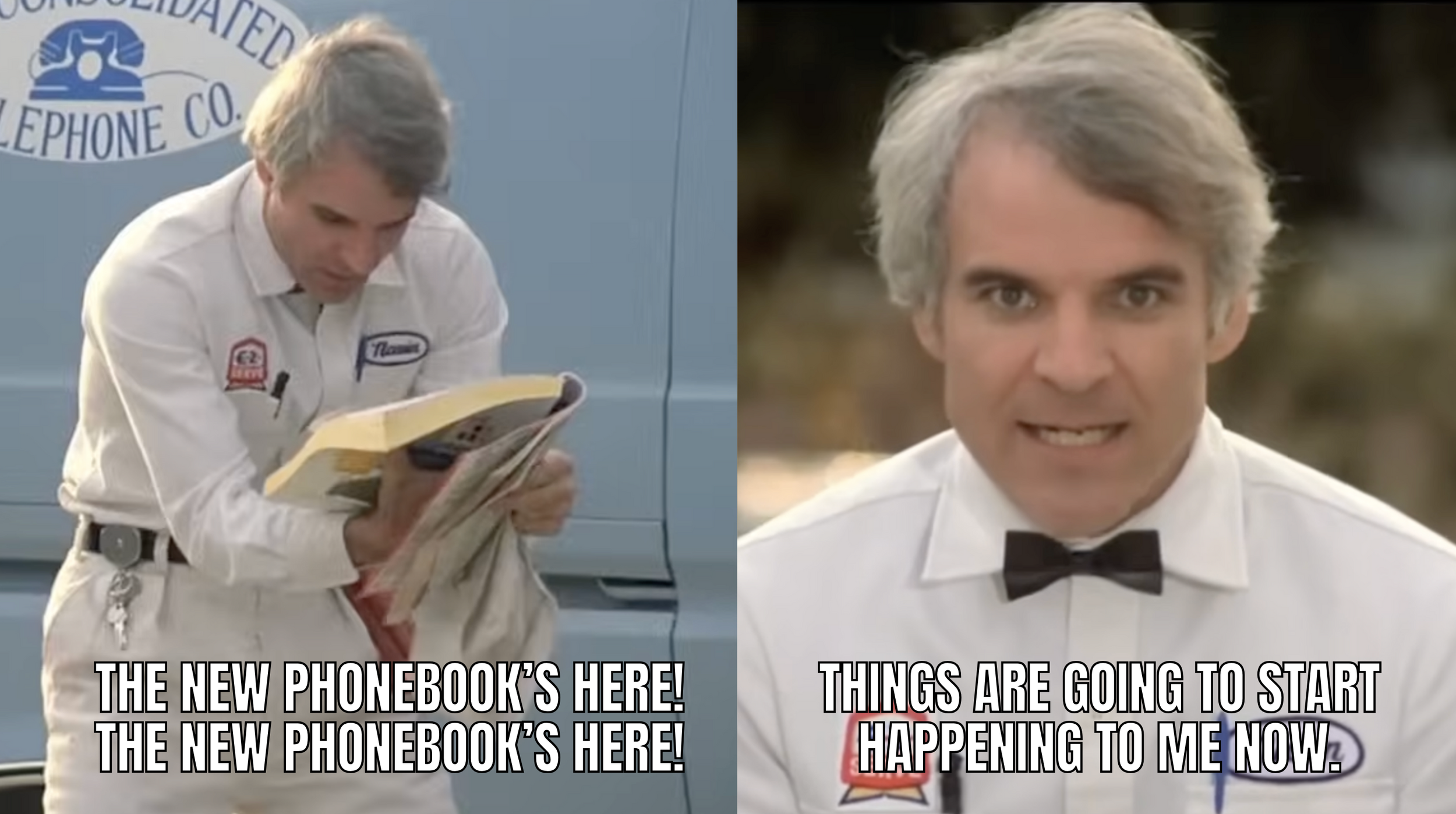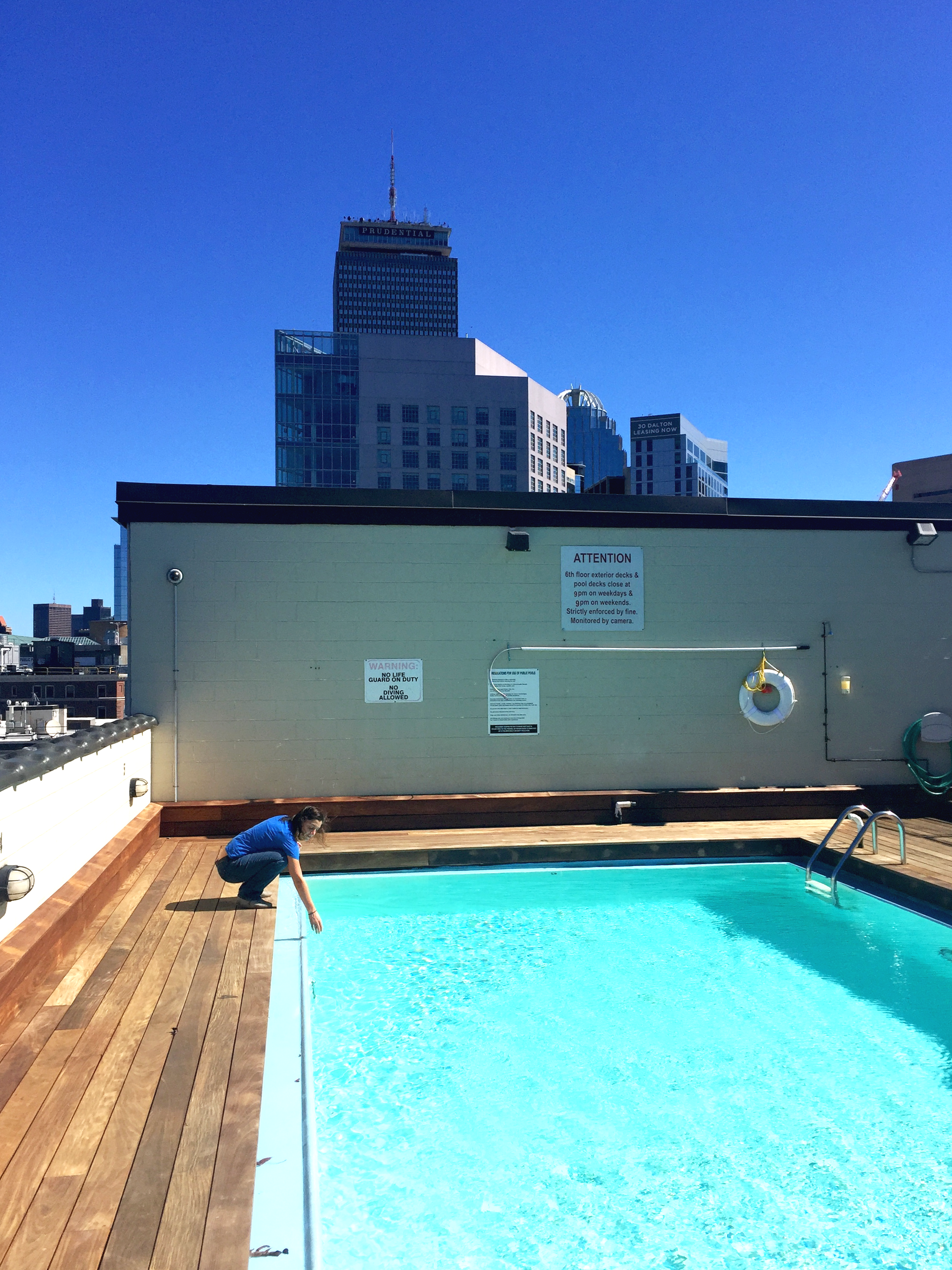The Currency of Clarity: How Misalignment Becomes Our Greatest Expense
“You don’t have a finance problem. You have a lifestyle problem.”
Last month, Chris and I attended the Small Business Summit at Clark University. During the lender panel, a banker told the story of an entrepreneur whose financial stress didn’t come from his business, a thriving laundromat, but from his choice of car: a Lamborghini and the hefty monthly payments that followed. He half-jokingly said to us in the audience, “You don’t have a finance problem. You have a lifestyle problem.”
The desire to project and embody a certain lifestyle has been embedded in our collective psyche for generations. It even has its own tagline: “Keeping up with the Joneses.” The phrase has echoed through our cultural feedback loop for over a century, ever since the comic strip first debuted in 1913. A mirror reflecting our ongoing obsession with appearance, revealing how external perception eclipses presence. Flashy displays of wealth, status, and achievement at some point became more sacred to our culture than quality time with family and community.
Until clarity breaks the spell.
But how did we fall under such a spell in the first place?
Our ancestors equated visibility with safety. In a tribal context, to be seen was to belong, and belonging ensured survival. Over centuries, that primal need for connection evolved into a social instinct for comparison. We learned to gauge our security not by the steadiness within, but by the reflections around us. By how we appeared in relation to others.
As industrialization accelerated, possessions became the new symbols of belonging. Homes grew larger, advertisements louder, and self-worth increasingly tethered to the marketplace. “Success” was rebranded as something measurable: salary, luxury, titles, followers. Each a modern badge of proof that we matter.
It brings to mind the scene in The Jerk when Navin Johnson leaps with delight after finding his name in the phonebook. “I’m somebody now! …This is the kind of spontaneous publicity - your name in print - that makes people!” he proclaims, mistaking public visibility for personal value. That same flicker of validation still bounces around our collective nervous system. We crave to be seen, even if it’s only through ink on a page or pixels on a screen.
For Navin, that desire for validation isn’t satisfied through ink on the phonebook page. It expands with every dollar earned. Through a chance encounter and a flash of innovation, financial flow finds him. And with it, the permission to amplify the illusion. Soon he’s living in a sprawling mansion with gold fixtures gleaming, servants orbiting, and new cars appearing in the driveway every week.
In one of my favorite scenes, he’s sipping from crystal stemware fed by a dispenser attached to the water cooler outside his tennis courts. Only the jugs aren’t filled with water, but with red and white wine. As he fills his glass with 1966 Château Lafite Rothschild, he proudly points out to Marie, “Do you realize that in the past two short months, we have acquired the sophistication it takes some people a lifetime to acquire?” His wealth becomes theater, each gold chain another prop in the performance of “somebody.” The more he accumulates, the more frantic the performance becomes, as though ownership itself might finally quiet the ache in his search for belonging.
But as quickly as illusion spins her net, she unravels. The empire of possessions collapses under its own weight, a house of cards tethered to the same fragile thread of identity. When the money disappears, so does the audience. The mansion empties, the fixtures dim, and Navin, once swimming in opulence, walks out the door clutching only what he believes he truly needs: a lamp, an ashtray, a paddle game, a remote control. In stripping him down to absurd minimalism, the film reveals something tenderly human: how desperate we become to hold onto something, anything, when we’ve lost our sense of who we think we are.
Yet the story doesn’t end in ruin. While Navin was busy chasing “sophistication,” his family back home was quietly practicing it. Every check he sent, they invested with clarity and long-term vision. As his father explains, “All I did was take the money you sent home and embarked on a periodic investment in a no-load mutual fund.” Simple. Grounded. Clear. Stable.
By the time he returns home, stripped of his mansion and his “somebody” persona, he remembers who he’s always been. A Johnson. And all he ever needed was love, consistency, and stability.
And maybe that’s the quiet brilliance of The Jerk. Beneath the comedy lies an archetypal truth: when energy is guided by clarity, it multiplies. When it’s driven by confusion, it consumes. Clarity isn’t just a financial principle. It’s an energetic one. And like any investment, it compounds through consistency. My own practice taught me that.
I was recently asked about my Cacao practice.
“You drink a cup of Cacao every day? That’s an expensive habit!”
I smiled. It wasn’t the first time I’d heard that in the eight years since I’ve been sitting with my daily cup of ceremonial-grade cacao. And I’ve had plenty of time to reflect on it.
The first memory that surfaces is my old Starbucks ritual, back when I was still performing as my corporate avatar. I’d order at least one latte a day, sometimes two, especially during those four years I attended law school at night while working full-time during the day. It was an adventure that also encouraged a cigarette habit. Add in the 90 milligrams a day of Adderall I’d buy from classmates and coworkers with prescriptions, and I was essentially manufacturing the mental state required to sustain the version of success I thought I wanted. At a price way steeper than a daily cup of Cacao.
Jeans on a Friday. The bandaids that once made me smile, though they never touched the root cause.
When I finally achieved the beautifully furnished apartment with floor-to-ceiling windows overlooking Boston’s Back Bay, the rooftop pool, the luxury gym complete with steam room, and a Foundation Room membership at the House of Blues, I thought I had everything I wanted. Yet none of it filled the widening void that came with each step I took away from my authentic path. The reality check officially landed when I shared with my family how much my quarterly bonuses had grown, and my Dad replied, “How have you not saved anything?” Well Dad, I had what the banker so accurately named, “A lifestyle problem.”
Checking the temperature of my rooftop pool (September 2016).
Did I actually want to be a lawyer? Turns out, no.
Did my titles and promotions mean anything to me? Other than providing a false sense of security, as I could insist, “Don’t worry about me, Mom. I work at a Fortune 500. I’ll be fine,” not really.
Did I really want a top-floor apartment? Turns out, I just wanted to stand barefoot in a garden connecting with Mother Earth as often as possible.
While the steam room will always have me by the heart, I found true depths of community and wellness in our local yoga studio. And the live music that once filled nearly every night became unnecessary as I turned my creative appreciation inward, guided by the practice that broke the spell:
My Chakra Affirmation Practice.
Through self-development work with my coach, I became a walking spokesperson for Energy Leadership. One day, while explaining the 7 Levels of Energy to a colleague, she said, “You sound like…” as she began typing on my computer. Moments later, she pulled up a YouTube clip from a Nickelodeon cartoon and continued, “this guy.” She pointed to the character on the screen.
The 10 minutes that followed changed my life. I watched in awe as Guru Pathik taught Aang, aka Avatar: the Last Airbender, how to unblock his Chakras. She was spot on. While the system for Chakras follows a metaphysical framework, and the 7 Levels of Energy are rooted in quantum physics, I heard the overlap and synthesis immediately. I resonated with every word. Not only did I start my “Avatar: the Last Airbender” marathon, I also began a Chakra Affirmation practice.
I first began by simply writing the affirmations in my journal. All it took was a few Root Chakra statements for me to realize how far I had drifted from my authentic path. Perhaps my earlier deep dive into leadership had already helped me internalize Maslow’s Hierarchy of Needs, preparing me for the revelations sparked by a single statement:
“I am building a healthy foundation on which creativity can flourish.”
As soon as I wrote it, I thought, Wow. We’re just at the Root, and we’re already prioritizing creativity? That must mean we all came here to create.
Of course, creativity means different things to different people. To me at the time, it meant the arts. Music, poetry, anything that springs forth from the soul’s essence. I became fascinated, obsessed even, with creativity. I could no longer convince myself that the content of my job, or the promise of growth within a fixed hierarchy, could ever satisfy my need to express. While I wasn’t yet sure what I would create, I knew I needed access to my full mental and spiritual capacity. It wouldn’t be long before I left my job.
My understanding of Maslow’s Hierarchy of Needs gave me permission to take that leap. I remember thinking, If worse comes to worst, my family would never let me go hungry. The people who love me would never let me go without basic necessities.
At the time, my feedback loop had been inundated with images of global humanitarian crises: the Syrian refugee crisis; Flint, Michigan’s poisoned water; the war in Yemen, to name a few. In contrast, I saw myself, my family, and my peers as profoundly fortunate. That realization humbled me to my core. If my basic needs were met, I reasoned, then my responsibility was to self-actualize. As opposed to pissing my funds away on partying into an infinite void of a “good enough” life.
I didn’t yet know what actualization would look like, but I knew it meant trusting my intuition and following the cosmic trail of breadcrumbs. I had faith. And I had clarity.
That clarity became the currency of my next chapter.
As I released the titles, dangling carrots, possessions, memberships, identity attachments, I remembered who I was. Who I’d always been. And it was time for me to reclaim the energy I had been infusing into what no longer resonated. Each conscious choice became an act of alignment, an investment in authenticity rather than appearance. I realized that every dollar, every minute, every ounce of attention is a form of energy exchange, and that the greatest losses aren’t measured in money, but in moments spent disconnected from who we truly are.
Because the greatest expense was never the lattes, the Adderall, the apartment, the gym membership, or the live shows nearly every night. It was the energy spent living out of alignment. And clarity, it turns out, is the ultimate return on investment.





